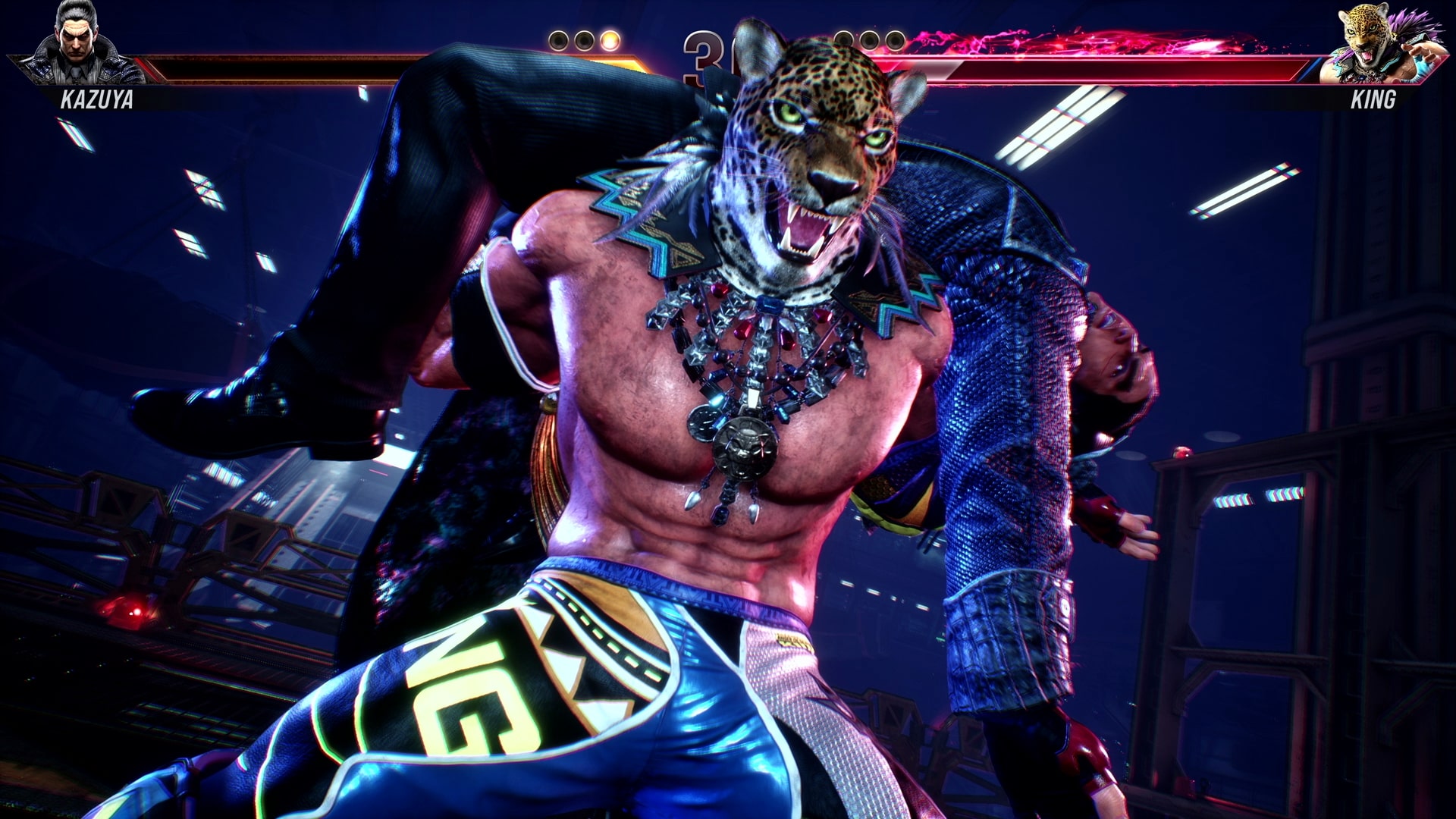
Last week, fighters from all over the world assembled to throw down. I'm not referring to Tekken 8 itself, though due to its stunning realism you'd be forgiven for making that mistake. The game's global debut in Lyon, France saw press and creators alike globetrotting to spend hours cracking each other's skulls in-game just ahead of the fighter's appearance at EVO Japan 2023. Exclusive to current-gen consoles and PC, Bandai Namco's latest offers terrific fisticuffs that's moving the genre ahead in exciting new directions, and is a stupendously fun way to butt heads with other players match after match.
Having revisited Tekken 7 in preparation for the event (hey, I wasn't going to embarrass myself come match day), the difference between the previous iteration and Tekken 8 is night and day from the outset. Visually, Tekken 8 is bathed in a kind of hyperrealism, whether that's Marshall Law flexing his muscles both in his pre-fight intro and during one of his many punishing grabs – flaming sparks flying off Jin Kazama as his combo finishers briefly untether his latent, demonic abilities; or how his mother, Jun Kazama (featured here in her first appearance since Tekken 2), elegantly animates through twisting, turning, flowing combos that look as much like a traditional dance as the shin shatter-ers they are.
Flexing graphical muscles
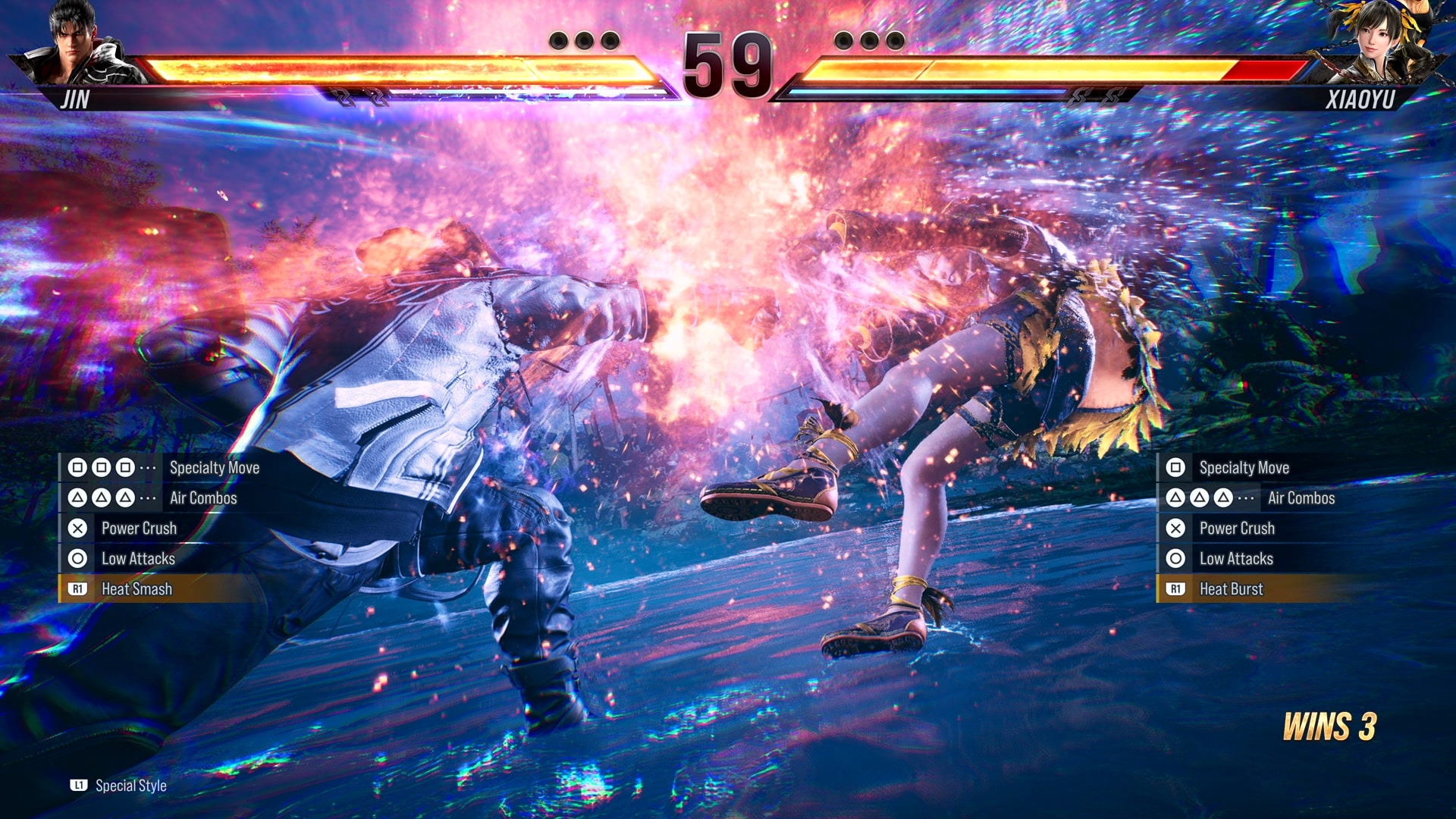
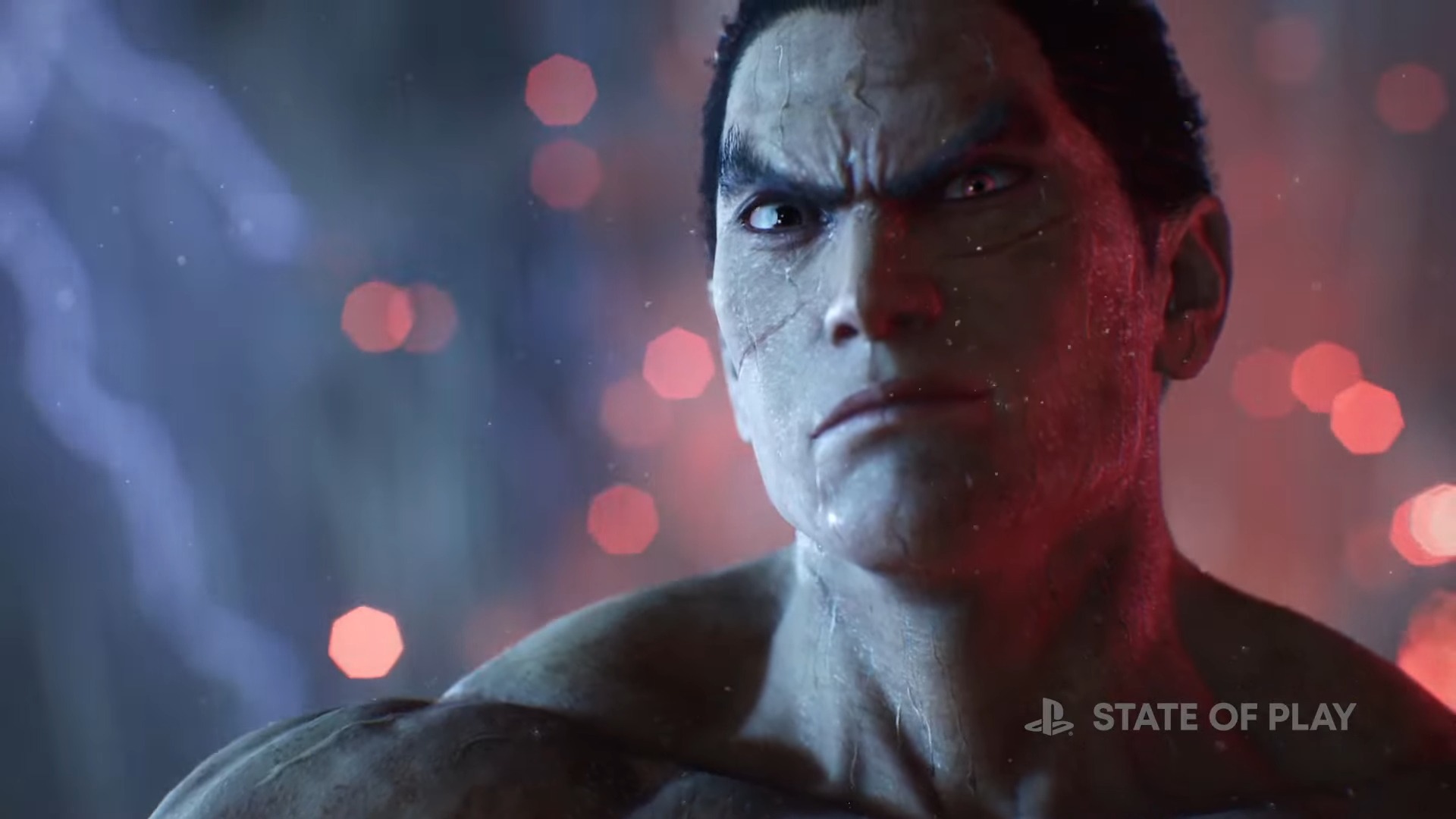
Tekken 8 is official, and coming to PS5, Xbox Series X, and Steam
While those moves play to the graphical strengths that have always allowed each entry to wow since the PSOne era, there's no resting on laurels here. For starters, every character model has been remade from scratch to make the most of the leap from last-generation consoles to PS5 and Xbox Series X (alongside new PCs, of course), with a new engine to match, transitioning from Unreal Engine 4 to Unreal Engine 5.
"You could kind of maybe just not evolve it that much if you really chose to, and the gameplay still stands up, but it's not a very interesting choice, and that's not a very interesting way to live your life either," explains Game Director and Chief Producer Katsuhiro Harada, translated through producer Michael Murray. "Some players are obviously going to buy the PlayStation 5 or Xbox Series X, which is, you know, a pretty big investment, and we want them to feel like, 'yeah, playing Tekken 8 on that for the first time was totally worth all the money that I spent to invest in that new generation of hardware.'"
"It's really hard because even just bumping up the resolution a little bit requires so much machine power," Harada continues. "It's often quicker than the PC for the load times because of the special SSD, the PS5 and the XSX use, right?" says Harada. "This is just a great improvement to the gameplay because you can get right back in because the load times are so much shorter than they used to be. That's probably even the biggest thing that's gonna evolve the player experience in the game." I can't help but agree – across the many hours of brawling, whether that was an immediate rematch or hopping through menus to quickly adjust characters, the gauntlet was never un-thrown for more than mere seconds. "You're mad and salty, you want to jump right back in, right?" Murray laughs.
Back in the ring, again
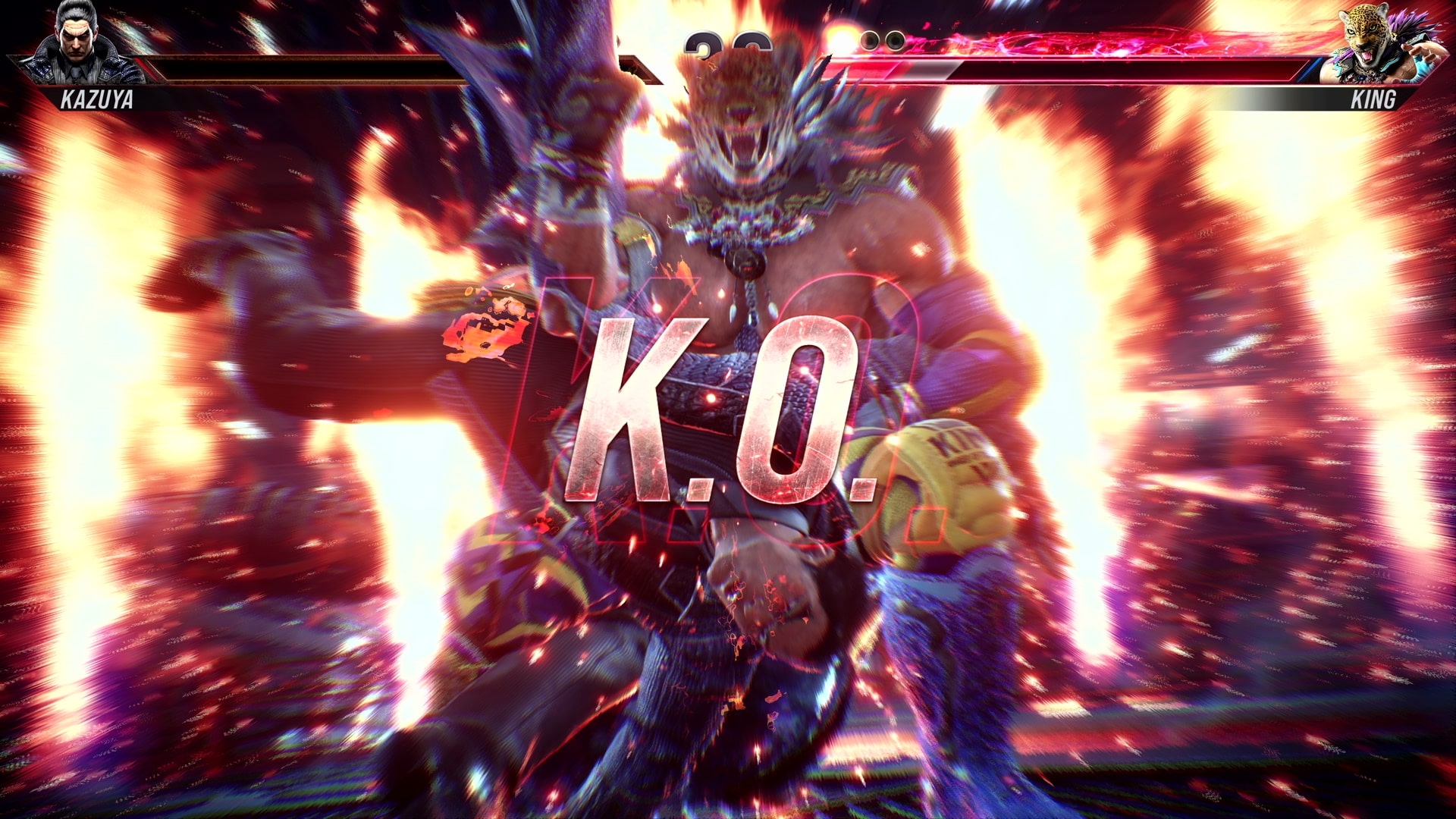
"Harada likens the act of losing a match and retrying again to the mentality players have when they die in Dark Souls. It's about trying again, and getting better on a personal level, your skill as a player increasing."
Still a four-button fighter (two punches, two kicks), the fundamentals of Tekken 8 remain the same. Veterans will soon find themselves busting out combos of moves that flow from one into another, and newcomers will quickly begin to find the rhythm of each fighter's unique moveset too. As you get used to things like move timings, you'll also begin to notice when players are more vulnerable, and how to catch them out.
One of my opponents on the day would get used to my go-to combos, readily blocking my moves, but was slower to counter-grab, meaning I could initiate a throw at the right time to pile on pressure and nudge the pace of a fight in my direction. Another would counter-grab me almost every time, using long combos that I'd have to block before finding just the right window to bounce back with one of my own, desperately trying to make the most of my opening before the onslaught would come again.
Without thinking, I mention to Harada that fighting games can be a bit complex due to their many interlocking systems, when asking how they choose what new mechanics to bring in with a new entry, and which to axe. "He kind of took issue with the premise that fighting games are complicated and complex," Murray relays to me of Harada's response. He recalls Street Fighter 2's arcade releases: "If you think closely about it, it's been, you know, 35 years, I think? And it's still the same Fireball or Hurricane Kick, etc. It's just that even if you felt like it was difficult at that time, you really wanted to master it," Harada says.
"Why did they play for so long? Because it's interesting, there's a lot of stuff there to progress, you feel that your skills are progressing as you play it. So that motivates you to keep playing the game," he continues. He likens the act of losing a match and retrying again to the mentality players have when they die in Dark Souls. It's about trying again, and getting better on a personal level, your skill as a player increasing. "You're playing against another person. So if the person is really good, then maybe you feel it's difficult. If they're not so good, maybe it doesn't feel difficult, it depends totally on your opponent for one as well. [...] At the end of the day, it's more about 'is the game entertaining enough to motivate you to stick with it?' And so that's how we kind of decide what we want to do with the game – for example Tekken 8 – what kind of mechanics that we want."
Special forces
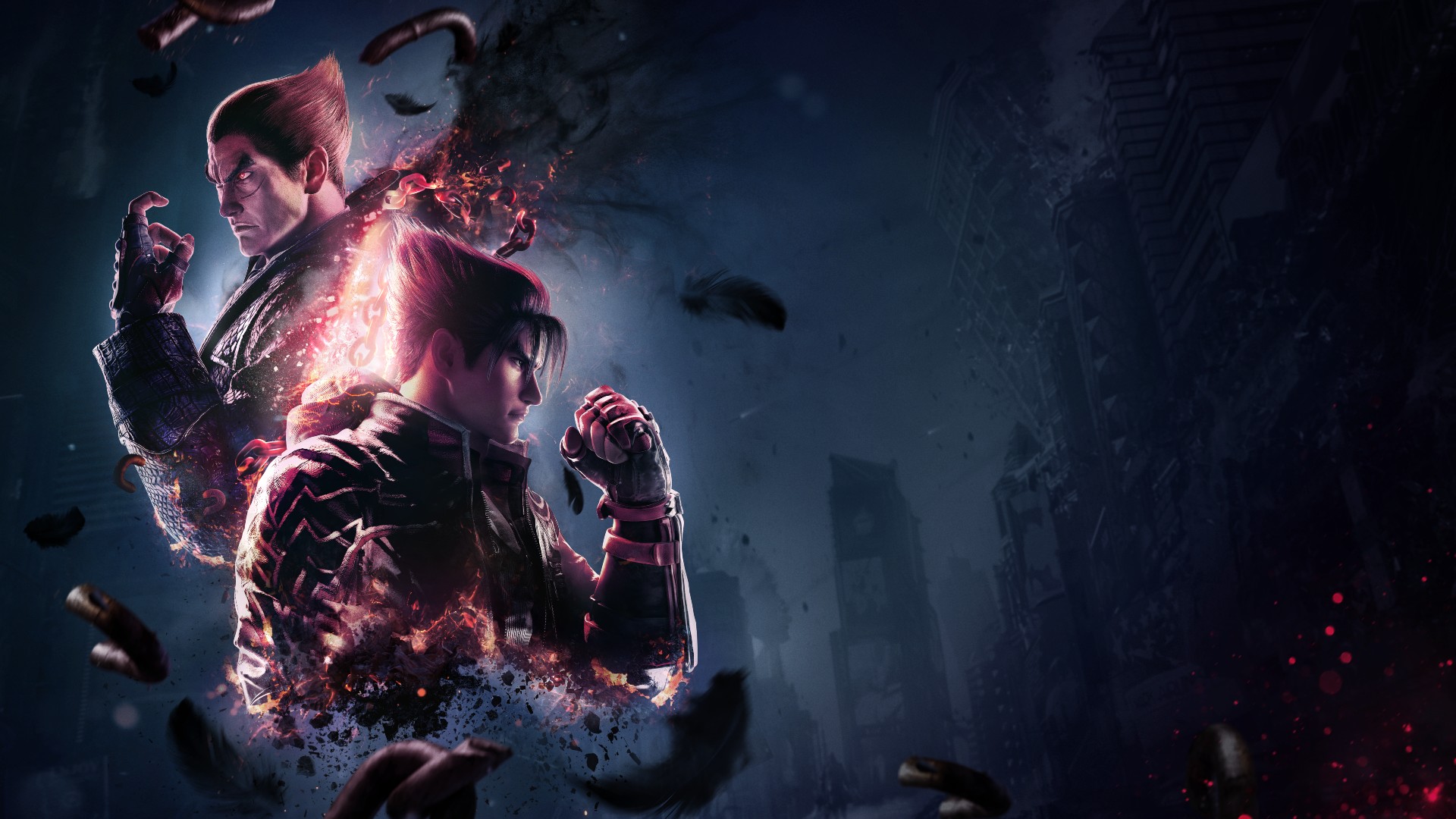
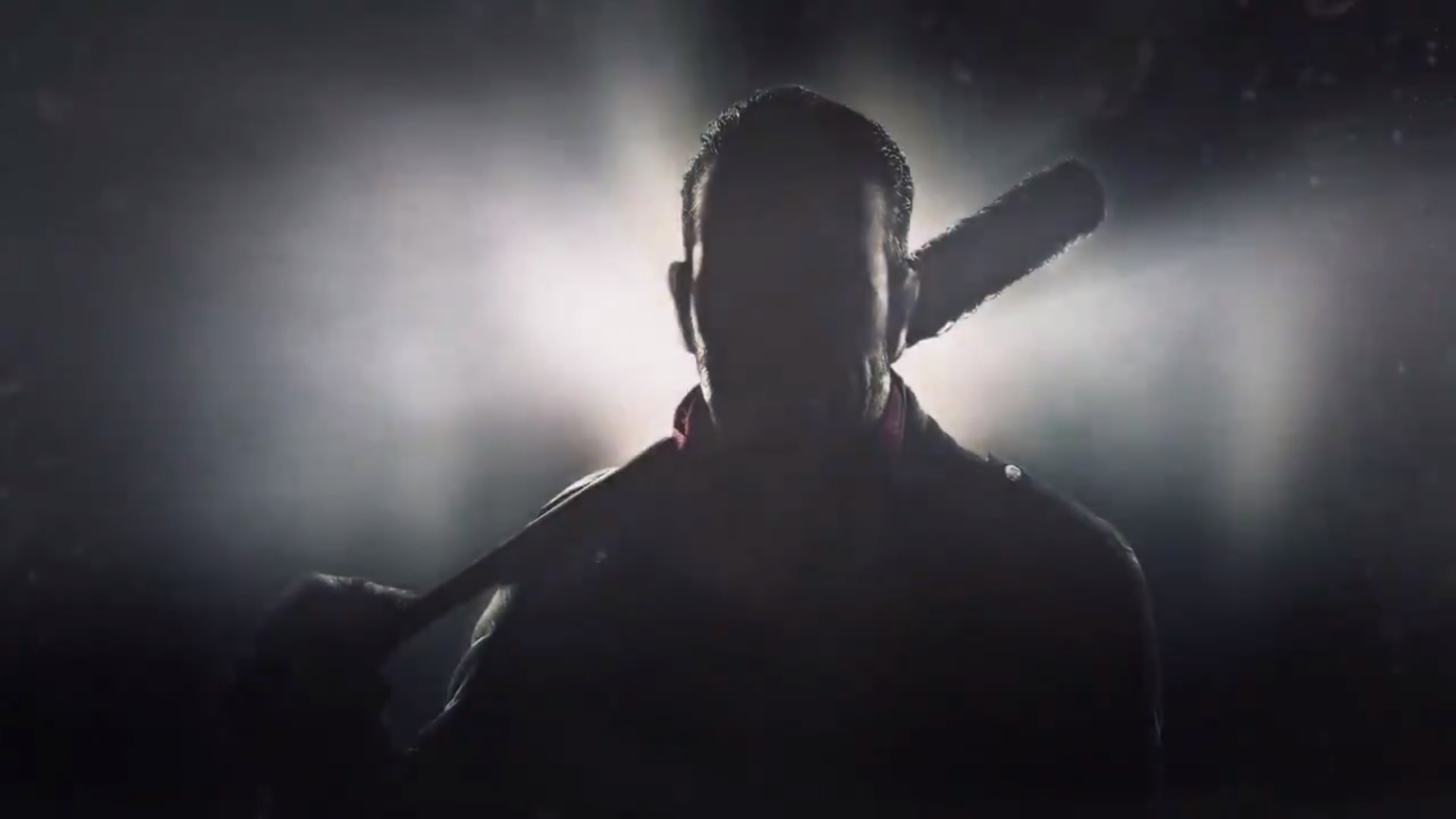
Tekken 7 review: "A powerful, gratifying, deeply cinematic fighting game"
With that said, the team has approached Tekken 8 with an eye to make sure things don't get too complicated, whether that's making sure action is easy to follow for players and spectators alike, or avoiding system bloat. Rage Mode, a state you enter when below 30% health returns, and Rage Arts (a kind of last-ditch ultimate move) have been further simplified, unifying the input for every fighter. Meanwhile Rage Drives (a kind of alternate powered up move to Rage Arts that's more combo-based), have been axed completely.
A new Special Style control mode has been added as well, bringing together some of the assists featured in Tekken 7 with a big overhaul to make them a better bridge from first picking up a fighter to mastering them. In Tekken 7, these were simply four shortcuts to special moves with L1, while in Tekken 8 tapping L1 switches to a completely new control mode where it'll suggest simplified combos that even change situationally (like if you have Rage Mode active). Hitting the square-button successively will deploy a fighter's unique moves; triangle, air combos; circle, low combos; and the X-button their Power Crush. Rather than just allowing for powerful single-press attacks, it helps you engage with the situational nth degree rock-paper-scissors that's core to all fighters. Able to switch modes on the fly, it can even help you out in a pinch or allow you to experiment.
From my many matches, and time spent with all ten announced characters (deep breath: Jack-8, Jin Kazama, Jun Kazama, Kazuya Mishima, King, Lars Alexanderson, Ling Xiaoyu, Marshall Law, Nina Williams, and Paul Phoenix), it feels easier than ever to bust out core parts of their arsenal even with the regular controls.
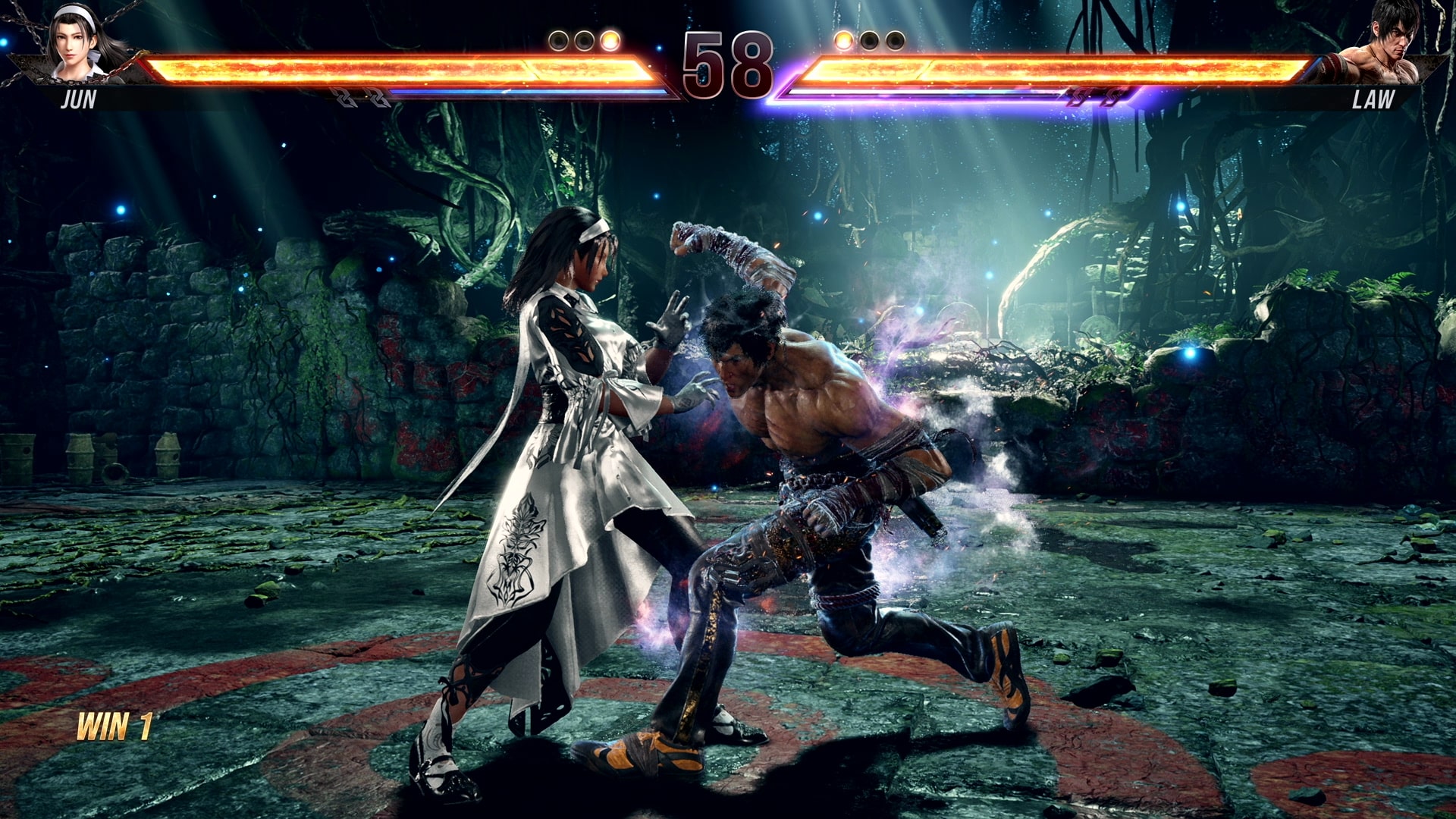
It helps that, as part of the new Heat System, each fighter's core moves have been labelled Heat Engagers, and are now vital to interacting with a whole new layer of gameplay. Either using one of these bread-and-butter moves or combos, or hitting R1 for a dedicated burst attack, initiates Heat. Usable once per round, it gives you roughly 10 seconds of powered up moves (able to be extended by playing more aggressively), and access to a devastating Heat Smash (shortcutted to R1). Even blocked Heat moves still do chip damage to opponent health bars, which they can recover by also playing aggressively and landing hits.
Beyond just making moves more powerful, using a Heat Engager also instantly closes the gap between you and your foe, and enables a Heat Dash (with a limited amount of uses) that can also close distance). Throughout the day, I could probably count the rounds on one hand where Heat didn't pop off for at least one fighter. Whether you initiate it early to try to swing the advantage your way from the top of a bout, or try to save it to combine with Rage for a swift bounce-back, rounds and even matches feel like they can swing in an instant. Tekken 8 is constantly nudging you into exchanges to make sure you won't have to wait long to find out which way a match is going to go.
Harada is right. For all of Tekken's proper nouns and systems, Tekken really isn't very complicated at all. When you're playing footsies in the middle of an arena, both Rage and unused Heat ready to go, everyone can understand how tense the battle to land that next strike advantage is. And when the camera slows down, showing limbs moments away from entangling and showing who emerged victorious from a final clash, everyone will wince, gasp, and cheer – Tekken 8 is electric.
Put up your dukes with the best fighting games kicking up a fuss right now




!["[T]he First and Fifth Amendments Require ICE to Provide Information About the Whereabouts of a Detained Person"](https://images.inkl.com/s3/publisher/cover/212/reason-cover.png?w=600)


